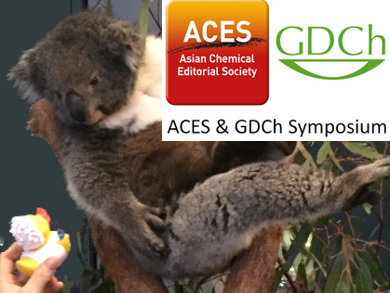The Royal Australian Chemical Institute (RACI) recently celebrated its 100th anniversary in style with a gathering of around 3300 scientists in Melbourne from July 23rd to 28th. This unprecedented chemistry event combined the RACI national conference with the 17th Asian Chemical Congress (ACC) and seven other international conferences held in parallel.
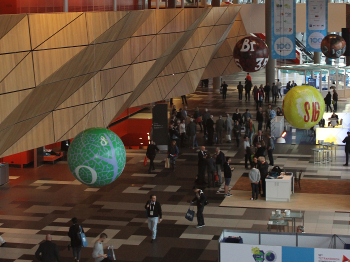 |
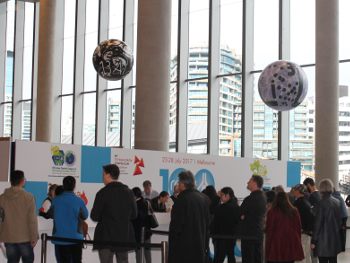 |
|
Figure 1. Registration area and conference center with colorful balloons. |
Inaugural ACES & GDCh Symposium: Functional Nanomaterials
The first joint symposium of the Asian Chemical Editorial Society (ACES) and the Gesellschaft Deutscher Chemiker (German Chemical Society, GDCh) was held on July 27, 2017 as part of the 17th Asian Chemical Congress (ACC) during the RACI centenary celebration. The symposium is designed to deepen relationships and foster collaboration between chemists across Asia, Germany, and beyond and is to be held every two years at the ACC.
ACES comprises thirteen chemical societies from across Asia and the Pacific who coordinate their publishing activities and foster international cooperation. ACES supports scientific collaboration, which highlights the advantages of exchange and mutual enrichment and helps to break down barriers to the free flow of ideas. Its flagship journal Chemistry – An Asian Journal is a sister journal to Angewandte Chemie and Chemistry – A European Journal and is supported by the GDCh.
Ryoji Noyori ACES Award
The highlight of the symposium was the presentation of the Ryoji Noyori ACES Award to Professor Chi-Ming Che, University of Hong Kong. The biannual Noyori ACES award recognizes a top scientist who has made outstanding contributions to the development of chemistry in general and of the ACES journals in particular. It has been initiated by the ACES partners to honor Professor Noyori’s instrumental role in nurturing the collaborative ACES spirit in the early days of the organization and as the founding chairman of the Editorial Board of Chemistry – An Asian Journal. Professor Che was awarded “for his work in bioinorganic chemistry, catalysis, and luminescent materials, which has brought him global renown and made him a true luminary in Asia”.
In his award lecture, Che spoke about how Noyori’s work inspired him to always search out practical methods that would be applicable on the gram scale and gave examples from his own quest to replace noble metals in homogeneous catalysis with iron-based systems.
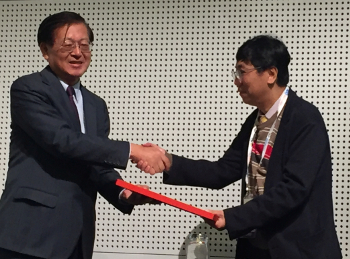 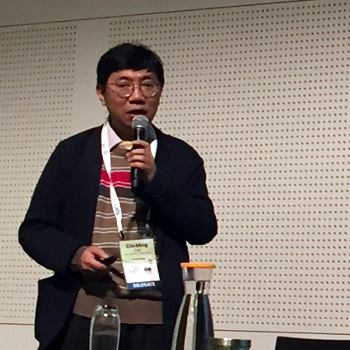 |
|
Figure 2. Left: Professor Kazuyuki Tatsumi, Nagoya University, Japan, presents the Ryoji Noyori ACES Award to Professor Chi-Ming Che, University of Hong Kong right: Chi-Ming Che holds the award lecture. |
Lectures
Professor Bin Liu, National University of Singapore, outlined aggregation-induced emission (AIE) in biomolecules leading to probes used for real-time monitoring of cell apoptosis as well as image-guided surgery. This technique uses tumor-specific tags that make it easier to identify and remove remaining malignant tissue. Related probes can also be used as photosensitizers for singlet oxygen production to treat any remaining tumor tissue after surgery.
Professor Frank Caruso, University of Melbourne, Australia, spoke about responsive nanostructured polymer particles for efficient encapsulation of cargo and its triggered release. When these materials are developed for practical biological applications, a particular challenge is translating a well-defined system designed and synthesized on a small scale suitable for mouse models to a larger scale for trials in primate models or eventually in humans.
Caruso also mentioned the use of first-person action cameras (e.g., GoPro) to record experimental procedures in the lab as a way to increase reproducibility. Often small details determine the success of an experiment, and these are captured more easily by a camera than by text in a lab notebook. Researchers performing an established procedure for the first time can refer to the video recording to more completely reproduce the procedure and, in turn, the result. Transfer of detailed knowledge of experimental procedures is thus facilitated both within and between research groups.
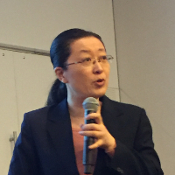 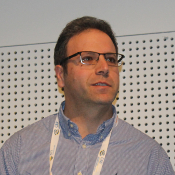 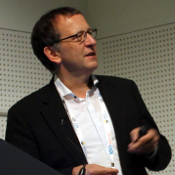 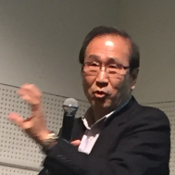 |
|
Figure 3. From left to right: Professor Bin Liu, University of Singapore, tells the audience about using aggregation-induced emission in biological probes. Professor Frank Caruso, University of Melbourne, Australia, explains the usefulness of first-person action cameras in documenting experimental procedures. The advantages of carbon/nitrogen based materials as catalysts are elucidated by Professor Markus Antonietti, MPI of Colloids and Interfaces, Golm, Germany. Professor Susumu Kitagawa, Kyoto University, Japan, speaks about the development of porous coordination polymers and future directions. |
Professor Markus Antonietti, Max Planck Institute of Colloids and Interfaces, Golm, Germany, presented the GDCh lecture, in which he discussed synthesis and applications of CN-based materials. For example, these redox-active semiconductors can act as catalysts rivaling noble metals, with the advantage that they are not easily poisoned by reactive substrates.
The evolution of porous coordination polymers (PCPs, also known as metal organic frameworks, MOFs) was elucidated by the pioneer of the field, Professor Susumu Kitagawa, Kyoto University, Japan. He described the development from early static, rigid systems to state-of-the-art flexible, stimulus-responsive materials. Future directions for the field include the development of hybrid systems, for example with polymers, that have a disorder or defect level suitable for applications such as catalysis, and asymmetry or anisotropy for molecular recognition or transport.
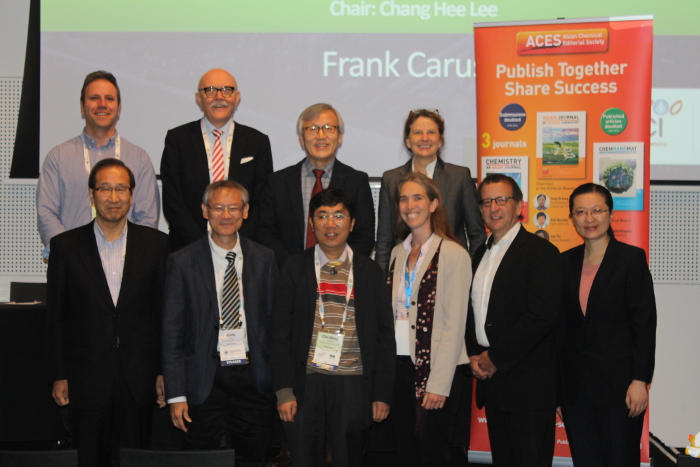 |
|
Figure 4. Speakers and chairs of the ACES & GDCh Symposium; front (left to right): Susumu Kitagawa, Kyoto University, Japan, Andy Hor, University of Hong Kong, Chi-Ming Che, University of Hong Kong, Theresa Kueckmann, Weinheim, Germany, Markus Antonietti, MPI, Golm, Germany, Bin Liu, University of Singapore; back (left to right): Frank Caruso, University of Melbourne, Australia, Peter Gölitz, Weinheim, Germany, Chang Hee Lee, Eva E. Wille, Weinheim, Germany. |
The scientific program was complemented by a talk on the role of the scientific publisher by Dr. Theresa Kueckmann (Editor, Chemistry – An Asian Journal), Weinheim, Germany. Besides more traditional roles such as moderating peer review and processing text and graphics, publishers are involved in initiatives such as making sure that articles can be found with modern search tools. They support the Open Researcher and Contributor ID (ORCID) to ensure that authors get proper credit for their work. And they maintain platforms to ensure that content published today is still available decades in the future.
2nd Joint Symposium of ACES and GDCh
will be held in 2019 at the 18th Asian Chemical Congress (ACC)
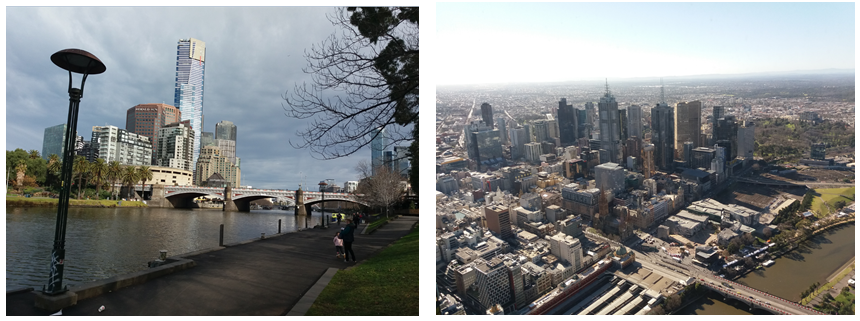
Figure 5. Impressions of Melbourne, Australia.
Sponsored content is not written by and does not necessarily reflect the views of ChemistryViews’s editorial staff.
